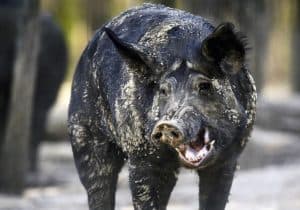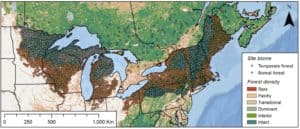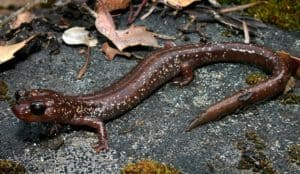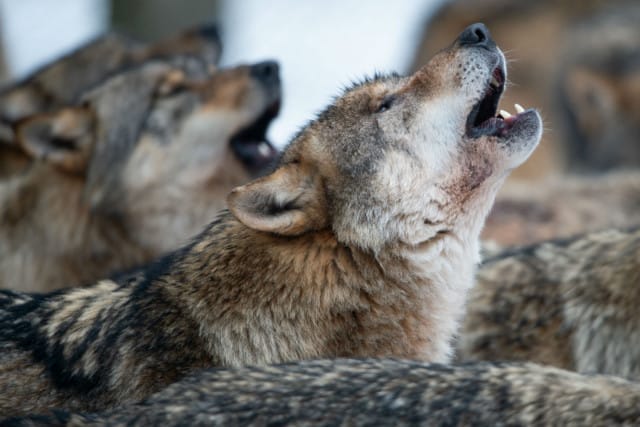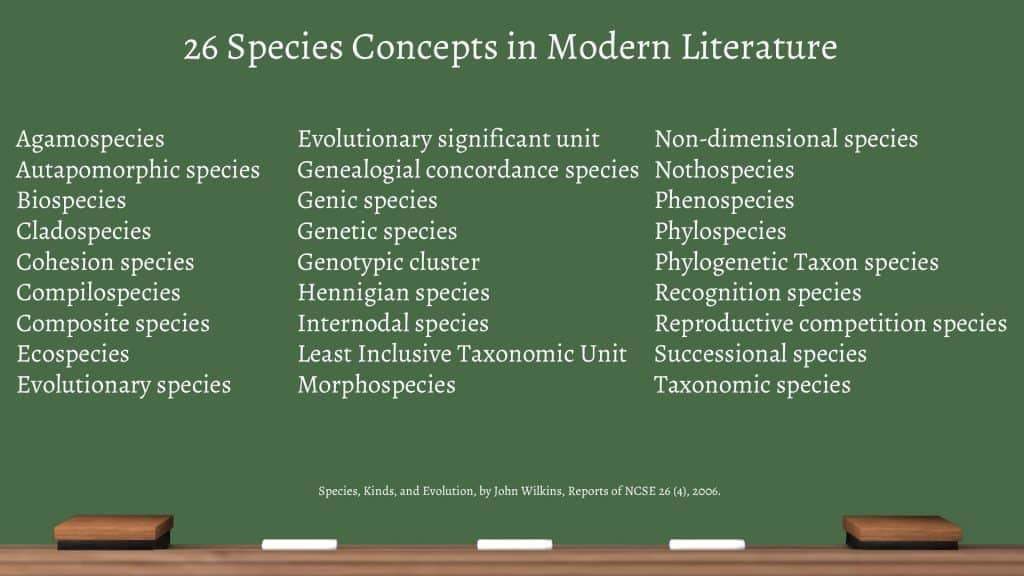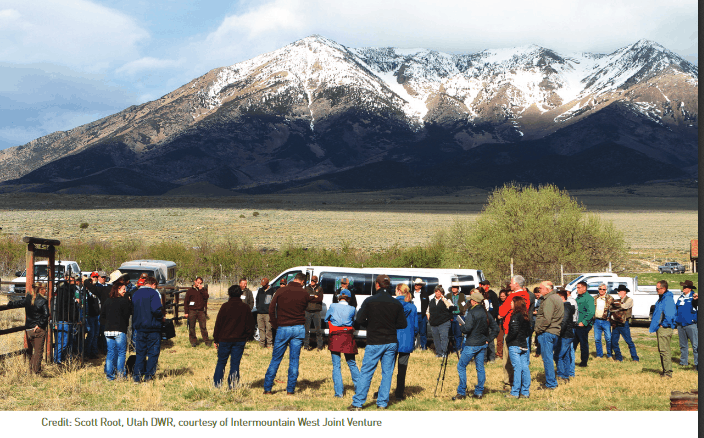
The Center for Western Priorities sent this out in their newsletter this morning:
The Trump administration released more details on its updated sage-grouse management plan. The previous plan, created in 2015, was a collaborative effort between a variety of stakeholders, from industry to environmentalists. As a result, it was popular throughout the West, with two-thirds of Westerners opposing changes to it.
Conservation of the sage-grouse and the sagebrush ecosystem is vital as industry encroaches on the habitat. In response to the changes to the management plan, a letter written by a collection of scientists stated, “failure to take into account large-scale dynamics when managing sage-grouse will likely lead to an overall loss in habitat quantity and quality resulting in population declines.” Sage-grouse populations have declined for the third consecutive year, with 2019 marking the lowest year since tracking began in 2011.
The link to the scientist letter went to this interesting WyoFile story, but I didn’t see a link to a scientist letter (can someone help and check this? if it’s not just me, I’ll contact them and ask).
I’m going to tell the story of my efforts to arrive at an even-handed description of the sage grouse saga. The CWP mention above simply fits it into the usual Bad Trump Administration overrules Good Obama Administration narrative. One of the many problems with seeing things through this partisan filter is that you miss much of the depth and complexity, not to speak of the contributions of people- state employees, feds, landowners, and so on, who do all the proverbial “grunt work” working with each other, jointly figuring things out, discussing the implications of scientific information, and so on. Of which there were a great many folks, who did this for a long time, for the sage grouse, and are still doing it. Also, it underplays the contributions and intricate political processes and choices at the state and federal levels which are of interest.
My instinctive hairs first went up when changes to the 2015 plan were portrayed as an R vs. D thing. At the same time, I saw stories that D Governors, including Colorado’s supported some changes.. see in this BLM pres release.
Nevada Gov. Brian Sandoval also supported the BLM’s effort to incorporate state feedback, noting “The State of Nevada is pleased the final EIS is finished. We appreciate the opportunity to have worked closely with the Department of the Interior on our concerns, and thank them for incorporating our input into the final plan amendments.”
Oregon Gov. Kate Brown: “Collaboration is hard work, and I appreciate the efforts by our stakeholders, state agencies and the Department of the Interior to craft an agreement to protect the sage grouse. Balancing sage grouse habitat protection and economic development requires mitigation of negative impacts. This agreement is a critical step that marks a shift away from planning toward active conservation and landscape management to protect this iconic species. Oregon’s bounty is beautiful and worth continuing to protect and fight for.”
Colorado Gov. John Hickenlooper: “We worked with the Bureau of Land Management and our stakeholders to produce a plan that maintains protection for the sage grouse while balancing the potential impact on local economies. This is a significant step that closes out the planning phase and allows us to begin to see the true conservation efforts that safeguard the sage grouse in Colorado.”
So what was the “real” story? Can we even capture that, as opposed to bits and pieces of information from peoples’ different experiences at different levels? When I attended the Western Governors’ Association Working Lands Roundtable in April, I attended a work session on At Risk Species Conservation and spoke to some people there about their experiences with the sage grouse effort. I even asked a nice WGA staff person “is there an article that presents the history of the sage grouse issue fairly?” so that I could post it on The Smokey Wire. He didn’t know of any, but referred me to a person who might be a good source, if I wanted to hear a balanced perspective. So I spoke with him. More on what I found out in my next post. If any of you have found an even-handed representation, please post a link in the comments.

